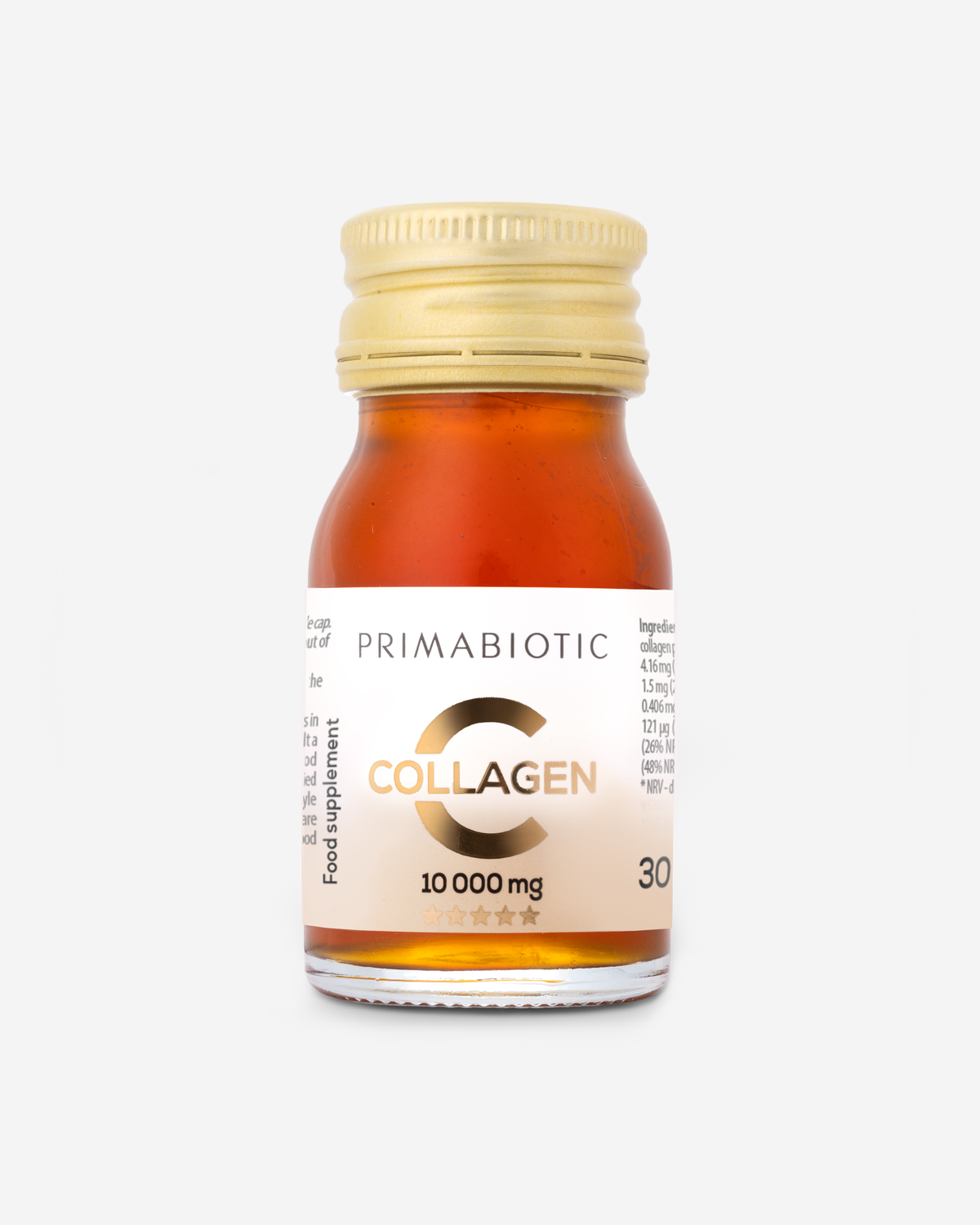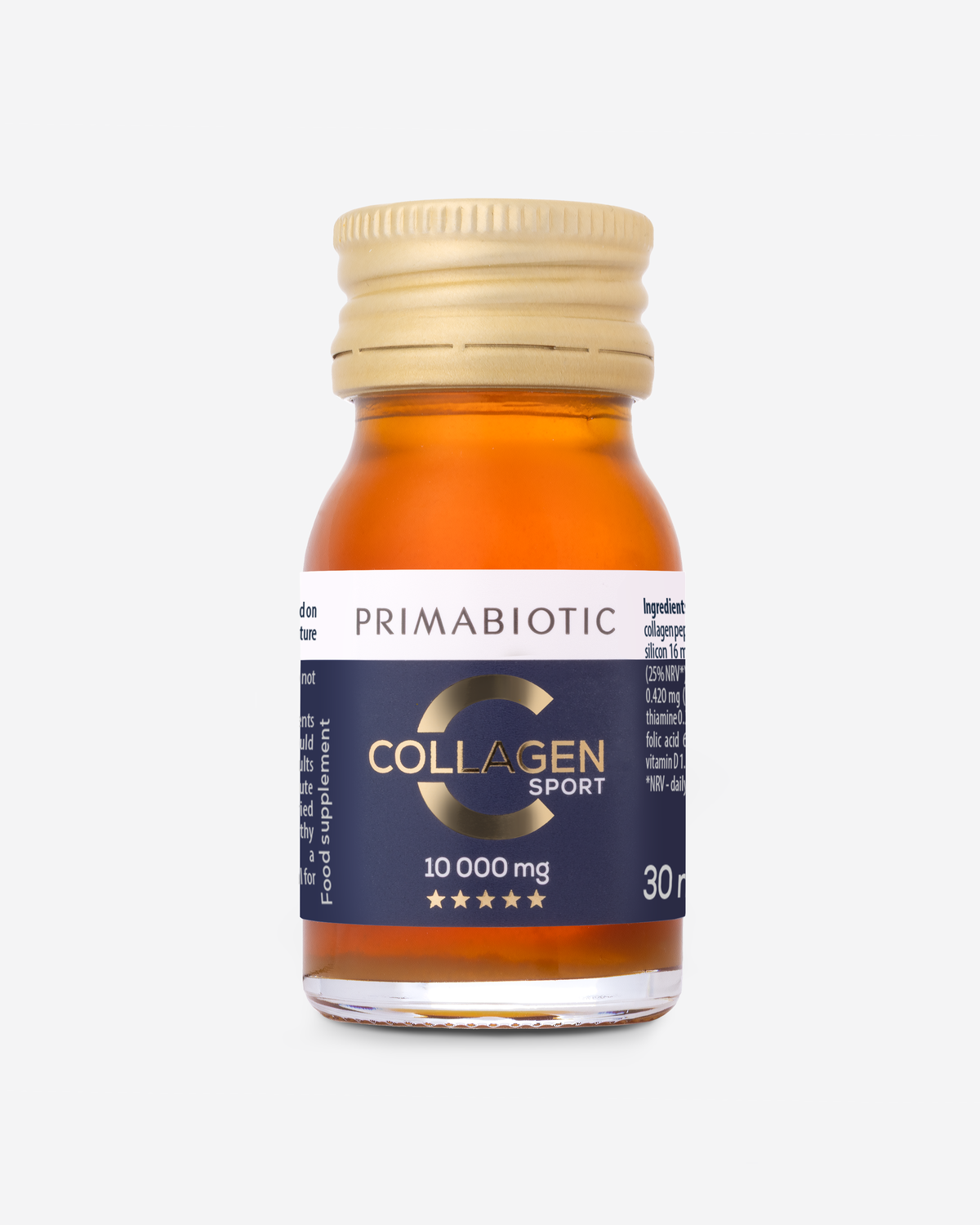Stretch marks impact millions of people around the world. They are caused by stretching of the skin, which loses elasticity and rips. They are most common among others: on the thighs, glutes, arms, abdomen and breasts. What are the causes of stretch marks? Why do they appear?
What are Stretch Marks?
Stretch marks are caused by abnormalities, damage to the collagen and elastin fibres of the dermis, which resemble a scar. They turn red or slightly purple in the initial phase and then fade over time. Red stretch marks resemble small and branching cracks, which can cause itching and burning. The skin in the area where they occur is much thinner and has no so-called appendages, such as sweat glands and hair follicles.
What Causes Stretch Marks?
The most common causes of stretch marks are:
- a sudden change in weight - an increase or decrease in weight causes the skin to become stretched or flabby. This most often happens during rapid weight gain, when fat tissue stretches the skin,
- rapid growth and hormonal changes during puberty - puberty is a real challenge for the body. This is when the body cannot keep up with the production of new cells, resulting in skin defects,
- lack of skin hydration - dry skin becomes more flabby and therefore more prone to the appearance of new stretch marks,
- pregnancy - pregnant women are particularly prone to weakening of collagen fibres. This is due to the presence of large amounts of cortisol.
How to Prevent Stretch Marks?
Your passage is generally well-written and understandable, but there are a few areas where the language and formatting could be improved for clarity and flow. Here’s a refined version:
Using an expensive cream for stretch marks but not seeing any results? It’s frustrating to combat something that can never be fully eliminated. Since you can't completely get rid of stretch marks, the best approach is to prevent them from forming. Here’s what you can do to keep your skin firm and smooth:
- Alternate warm and cool showers: This stimulates blood circulation and helps firm up the skin.
- Brush massage: Use a bristle brush every time you shower to stimulate the skin.
- Exfoliation: Once a week, exfoliate by applying a scrub with a rough sponge and massaging it into the skin.
- Daily moisturizing: Keeping your skin hydrated prevents it from becoming dry, which can make it more prone to stretch marks.
- Exercise: A healthy path to a beautiful, firm body. Walking, jogging, and swimming are great options.
- Collagen supplementation: Collagen helps maintain the skin's elasticity and flexibility, making it more resilient to stretching.
Home Remedies for Stretch Marks
The progression of stretch marks can be divided into two phases: the inflammatory phase and the atrophic phase. In the first phase, stretch marks appear red, pink, or purple. During this time, the skin attempts to repair the damage, making it a good opportunity to reduce the appearance of stretch marks. The best approach during this phase is to use anti-inflammatory preparations. It is also important to keep the skin well-oiled and moisturized using suitable ointments.
In the second phase, stretch marks become less visible, taking on a pearly hue. However, at this stage, it is no longer possible to remove them with home remedies. With consistent effort, you can only reduce their visibility. Here’s how:
- Salt baths: These help absorb toxins from the skin and have an antiseptic effect. Fill a bathtub with warm water and add a few tablespoons of sea salt. Soak for 30-45 minutes once or twice a week.
- Carrot juice: Rich in minerals and vitamin C, it can improve the skin’s appearance. Mix carrot juice with a teaspoon of sea salt and rub this paste into the stretch mark area in circular motions. Allow it to dry, then rinse with water.
- Aloe vera: Known for regenerating tissues, soothing inflammation, and providing deep moisture. Slice aloe vera leaves and apply them directly to the skin with stretch marks.
- Coconut oil: The fatty acids in coconut oil have antioxidant properties, which help prevent and reverse skin aging and damage. Apply it daily to stretch marks, or use it as a massage oil.
- Cocoa butter: A natural moisturizer that nourishes the skin and helps reduce the appearance of stretch marks. Apply cocoa butter to the stretch marks at least twice a day for several months.
- Shea butter: Known for its regenerating, soothing, softening, and elasticizing properties for centuries. It also protects against UV rays and prevents wrinkles. Cosmetics containing shea butter are ideal for daily massage to stimulate circulation.
Massage for Stretch Marks
When applying body scrub and body butter, it’s a good idea to massage the affected areas or those prone to stretch marks for at least 10 minutes. Movements should be gentle but firm, and it’s important to ensure they are not painful. A soft-bristle body massage brush can also be used for the massage.
When to stop the massage? The massage should be continued until the skin is slightly reddened, but it should never result in bruising. Bruising can occur if massage tools are used incorrectly. Always work in an upward direction to promote proper blood and lymph flow. Use either circular motions or long, sweeping strokes.
Pregnancy Stretch Marks – Can You Get Rid of Them?
When stretch marks appear during pregnancy, it’s important to start effective care as early as possible. This usually occurs in the second trimester or after the sixth month. Pregnancy stretch marks form due to significant changes in a woman's body and the stretching of the skin. They can be very difficult to remove after pregnancy, so it’s better to act promptly rather than delay.
How to avoid stretch marks during pregnancy?
Adequate moisturization and lubrication can help reduce skin dryness, while regenerative ingredients can strengthen the skin’s protective barrier. For newly formed stretch marks, consistency is key. Therefore, safe and effective products should be applied daily during both morning and evening skincare routines.
Check out similar articles:






